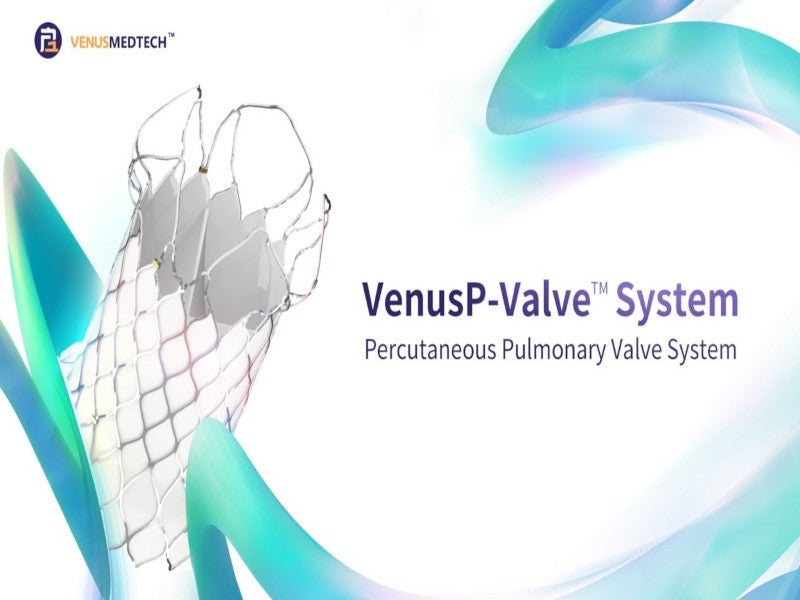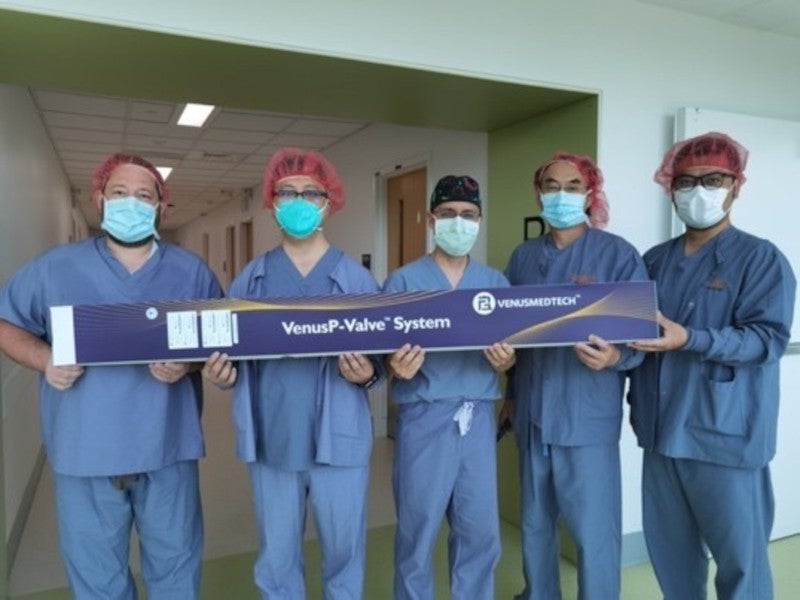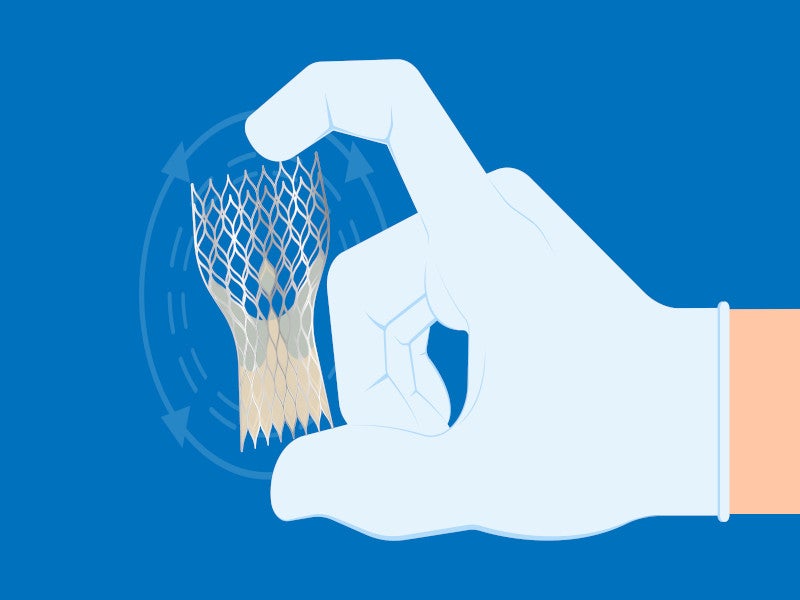VenusP-Valve™ is an advanced self-expanding transcatheter pulmonary valve replacement (TPVR) product for the treatment of moderate to severe pulmonary regurgitation with or without right ventricular outflow tract (RVOT) disorder after receiving transannular patch (TAP) treatment.
The device is intended to replace the pulmonary heart valve with an artificial valve through a minimally invasive percutaneous approach. Developed by Venus Medtech, it is the first Chinese pulmonic valve approved in Europe.
The device is available in several specifications with extensive applicability, meeting the needs of 85% of patients specifically with large RVOT. VenusP-Valve™ has been used in more than 20 countries and regions in Asia, Europe, North America, and South America in about 300 cases for humanitarian reasons, following its first clinical implantation by Academician Ge Junbo, Director of Cardiology at Zhongshan Hospital, Fudan University in 2013.
Regulatory approvals for VenusP-Valve system
VenusP-Valve™ received special use authorisation from the UK Medicines and Healthcare products Regulatory Agency (MHRA) for use in designated medical institutions in March 2021. It received CE marking under the Medical Devices Regulation (MDR) for marketing in Europe to treat patients with moderate to severe pulmonary regurgitation with or without RVOT disorder in April 2022.
In May 2022, the VenusP-Valve™ system was approved by the US Food and Drug Administration (FDA) for compassionate use in two cases in the US. The company is preparing for its investigational device exemption (IDE) application to the FDA with plans to launch clinical trials in the US in 2023.
The first compassionate use case was completed in June 2022 on a 21-year-old man with severe pulmonary regurgitation, right ventricular dilation, pulmonary artery dilation, and left ventricular
dysfunction after TAP repair of Tetralogy of Fallot (TOF) at the University of Virginia Advanced Cardiac Valve Center in the US.
The first commercial case of the system was also completed successfully at Leeds General Infirmary, UK, in the same month. The procedure was performed on a 25-year-old female patient with severe pulmonary regurgitation (grade four).
The medical device was approved by the Chinese National Medical Products Administration (NMPA) to treat severe pulmonary regurgitation in patients after congenital heart defects (CHD) procedure with native RVOT in July 2022.
The device has been applied for approval in more than 20 countries.
Pulmonary regurgitation and right ventricular outflow tract (RVOT) disorder
Pulmonary regurgitation is a disorder in which the pulmonary valve fails to close completely, allowing backflow from the pulmonary artery to the right ventricle of the heart during diastole.
Severe pulmonary regurgitation may contribute to right ventricular dilatation and heart failure in later stages.
Pulmonary valve stenosis (PVS) is a heart valve disorder characterised by a narrowing valve between the right ventricle and pulmonary arteries, leading to reduced blood flow into the lung.
The RVOT is a region of blood outflow from the right ventricle between the supraventricular crest and the pulmonary valve.
Design and features
The VenusP-Valve™ is a large-diameter valve system made of a nitinol multi-level support frame covered by a hand-sewn tri-leaflet porcine pericardial tissue, except the distal cells. It is preserved in a low concentration (0.2%) solution of buffered glutaraldehyde and delivered into the patient’s body using a 19 to 24 French (Fr) catheter delivery system.
The delivery system consists of a 20Fr to 22Fr capsule and a 16Fr 100cm long shaft, with a rotating handle for the deployment of the valve.
The stent valve is designed with a large diameter ranging from 20mm to 34mm (in 2mm increments) with each diameter available in 20mm and 30mm straight section lengths. The VenusP-Valve™ crimper, a non-patient contacting compression device, symmetrically reduces the diameter or profile of the valve when loaded inside the catheter. The valve maintains its shape once crimped in ice water.
The flared uncovered distal end secures anchoring at pulmonary artery bifurcation with radiopaque markers, while the flared covered proximal end allows conformability with the dilated RVOT with two ears.
Clinical trials on VenusP-Valve system
In September 2021, two long-term clinical studies on the system were released that showed excellent long-term efficacy and safety and a superior number of metrics. The studies included a two-year follow-up interim result of the clinical study in Europe and a five-year follow-up interim result of a clinical study in China.
The European study showed 100% success rates of TPVR procedures, with no reoperation or mortality seen over two years. Moderate pulmonary regurgitation reduced from 16.88% to 0% after an operation, while severe pulmonary regurgitation decreased from 83.12% to 1.54%. The valve system met the safety and efficacy endpoints in the trial, significantly improving right ventricular and haemodynamic functions.
The Chinese clinical trial data showed a 3.64% postoperative five-year mortality rate, with severe pulmonary regurgitation decreasing from 54.5% to 0% and moderate-severe pulmonary regurgitation decreasing from 36.4% to 2.22%.









